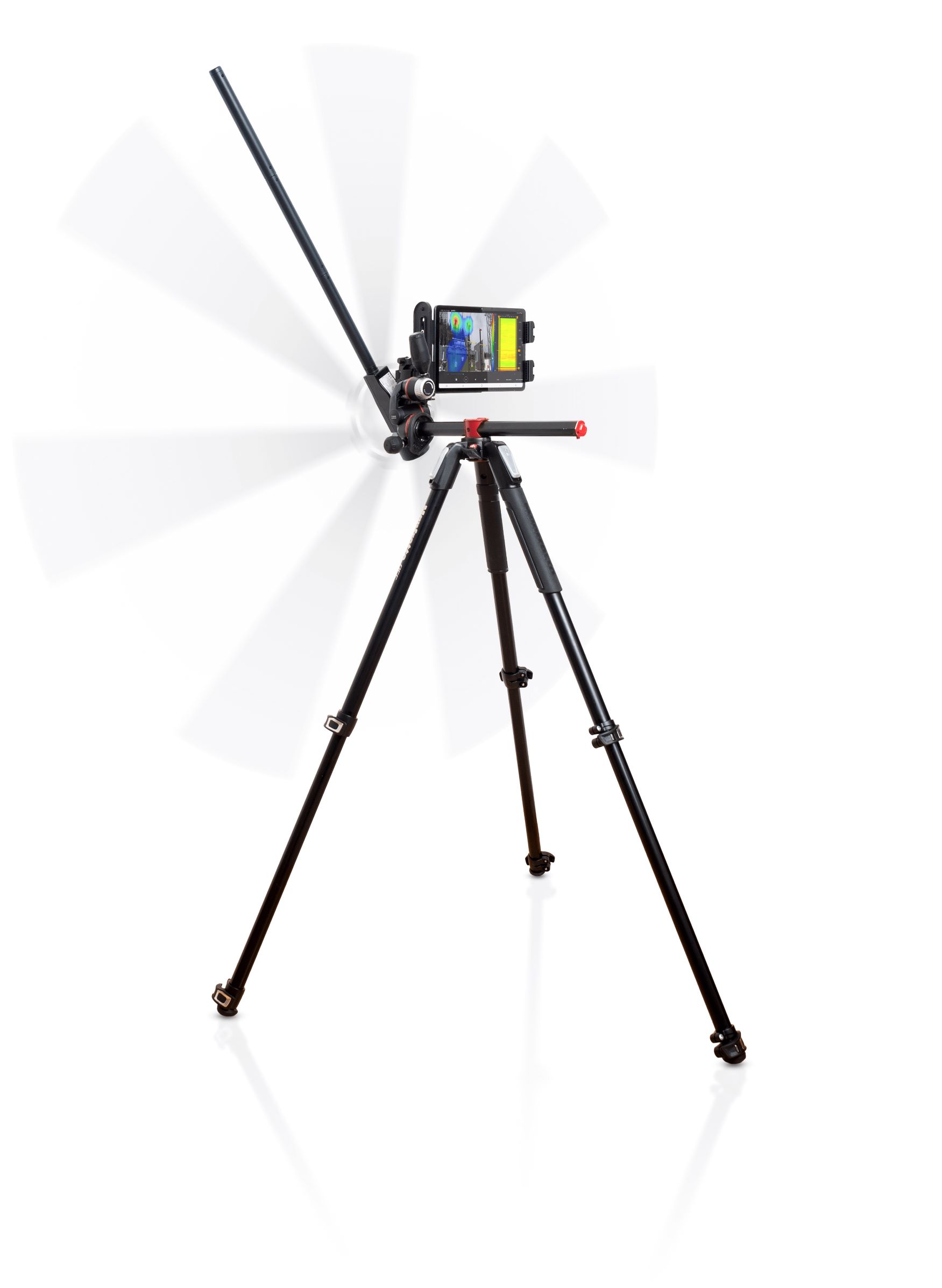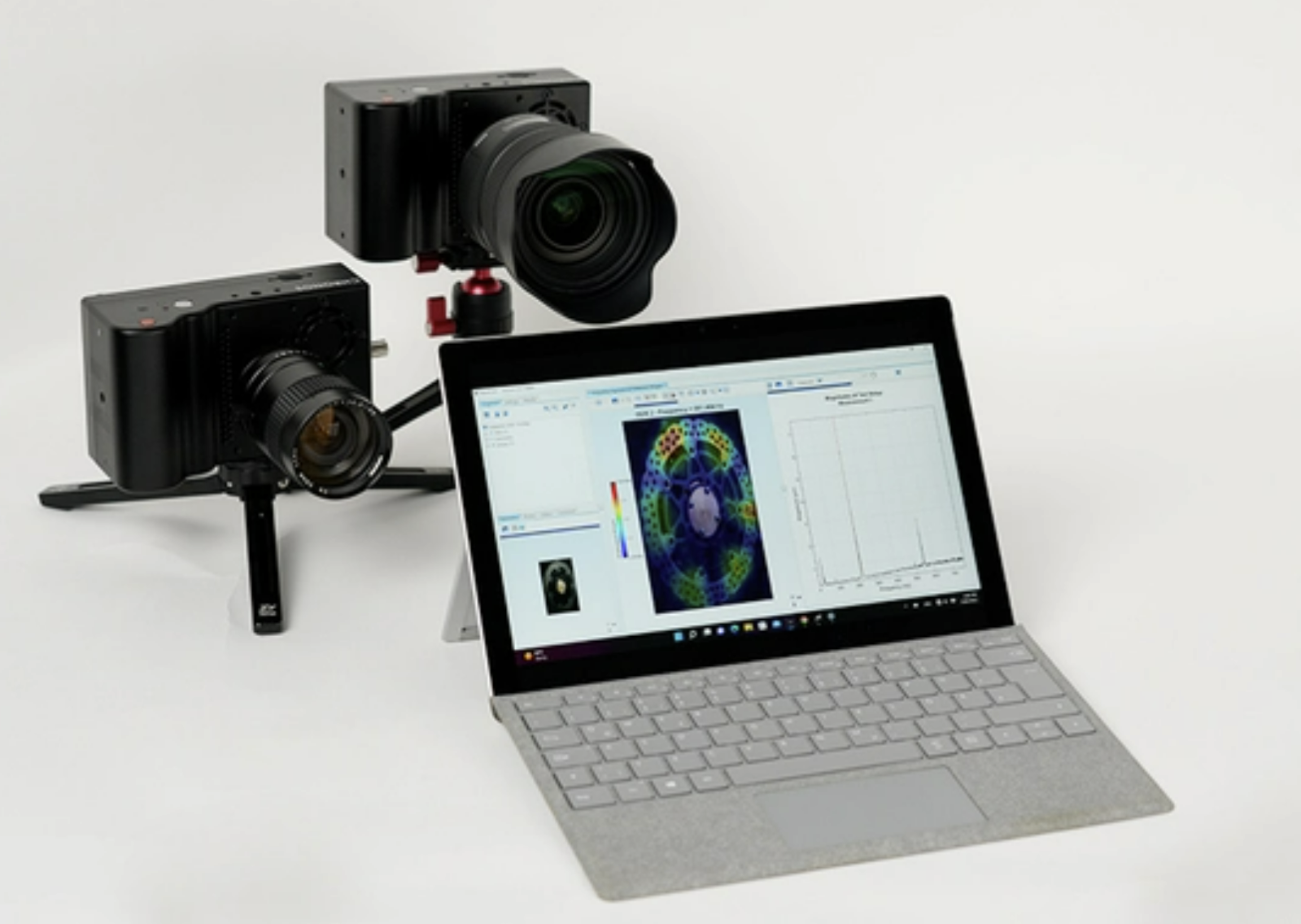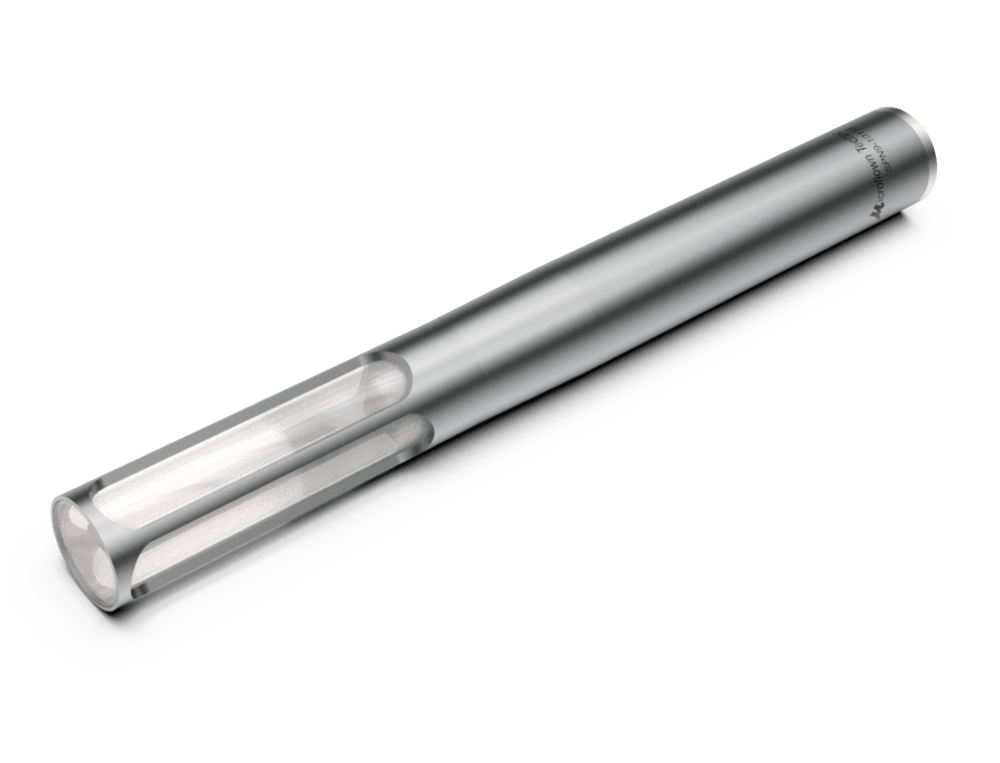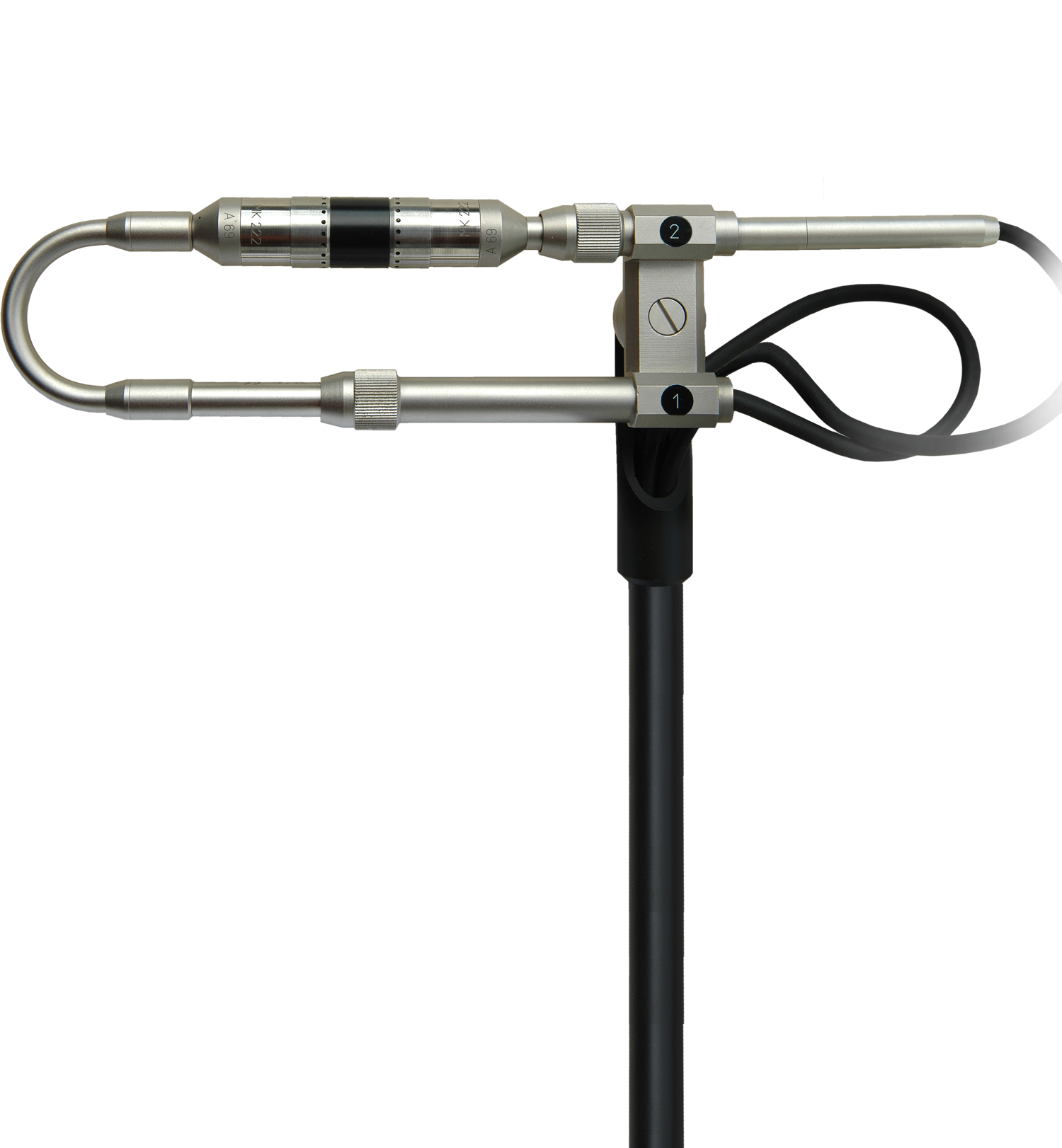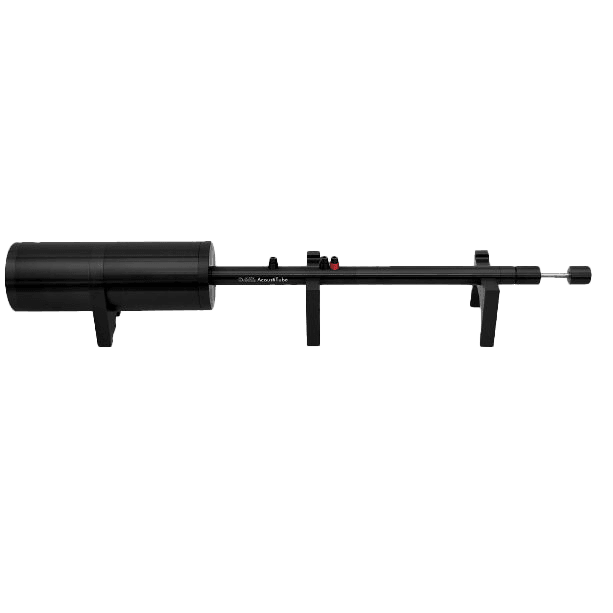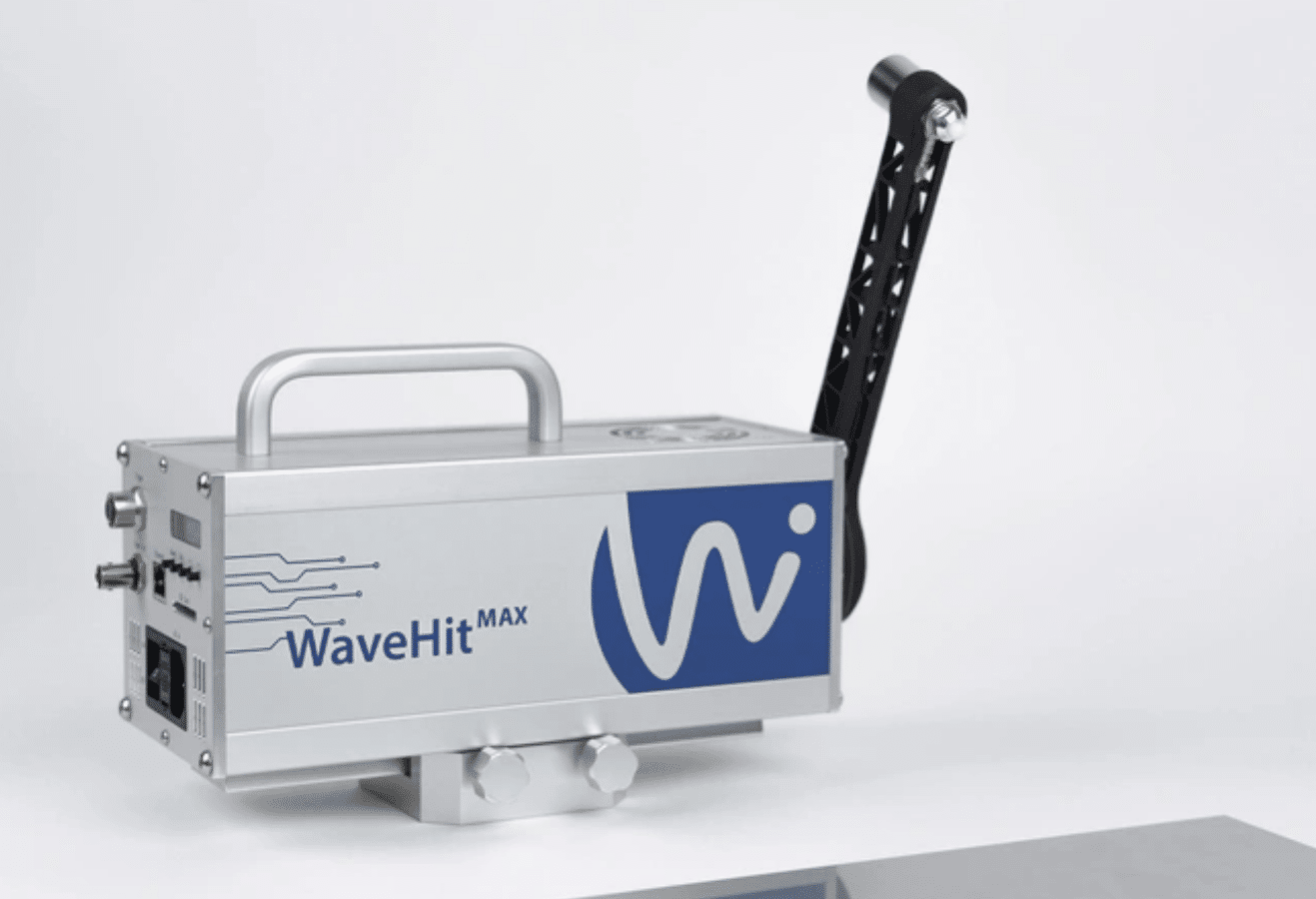Construction sites are notorious sources of dust emissions, which can have adverse effects on both the environment and the health and safety of workers and the general public. Dust monitoring has become significantly important for the construction industry for the following reasons:
The Health & Safety of Workers
Construction workers are at risk of exposure to airborne dust, which may contain hazardous substances like silica, asbestos, and other particulates. Prolonged exposure to these substances can lead to various respiratory and lung diseases, such as silicosis, lung cancer, and chronic obstructive pulmonary disease (COPD). Dust monitoring helps to identify areas with high dust concentrations, enabling employers to implement appropriate measures to protect their workers’ health. High dust levels can also impact worker productivity as it creates discomfort and potential health hazards. Monitoring dust levels can help create a safer and more comfortable working environment, boosting overall productivity and efficiency. View our range of personal dust monitoring kit.
Air Quality and Environmental Impact
Construction related dust can contribute to poor air quality in the surrounding areas. Also, high levels of dust can lead to air pollution which affects not only the construction site but also nearby neighbourhoods and ecosystems. Monitoring helps to track dust levels and ensure that construction activities comply with environmental regulations and standards.
Community Relations
Dust generated by construction sites can cause disturbances and complaints from nearby residents. Regular dust monitoring allows construction companies to address potential concerns promptly and take appropriate actions to minimise dust levels.
Equipment Performance and Maintenance
Dust can also impact the performance and efficiency of construction equipment and machinery. Excessive dust can lead to clogging of air filters, reduced engine efficiency, and increased maintenance costs. Monitoring dust levels can help identify these issues early on and implement preventive maintenance practices.
Project Planning and Management
Dust monitoring can provide valuable data for project planning and management. By understanding dust generation patterns, construction companies can schedule specific activities at appropriate times or implement mitigation strategies to reduce dust during critical phases of the project. Also, dust-related issues can lead to project delays, cost overruns, and legal liabilities. By proactively monitoring dust levels and taking preventive measures, construction companies can effectively manage potential risks associated with dust emissions.
Dust monitoring in the construction industry is essential for protecting worker health, ensuring public safety, complying with regulations and minimising environmental impacts. By investing in effective dust monitoring and control measures, construction companies can create a safer and more sustainable working environment.



